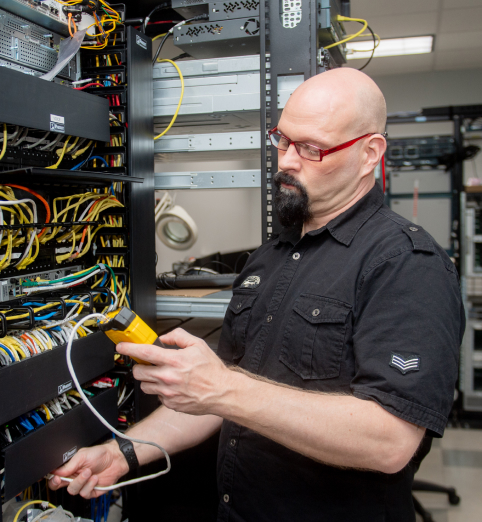As IT infrastructure and its inherent business applications continue to evolve, so must the way that companies of all sizes address their infrastructure needs. And with the myriad of choices that companies now have, making the right choice for what is right for each business application and desired outcome can be difficult.
For many companies, the idea of building a data center is perfectly feasible. However, in doing so the need for professional IT architecture services is required to ensure that the data center is built to specific needs, as well as taking into consideration future proofing it for either anticipated or unanticipated use and growth.
Then, of course, there’s the proverbial cloud. And for whatever brand of cloud provider one chooses, regardless of the logo, there’ll be risks and rewards associated with it. First and foremost, there’s security—not unlike building your own data center, IT security is at the top of everyone’s mind these days. The secret here is to make sure it’s addressed properly. Then the control issue must be taken into consideration. The question now becomes, who controls your infrastructure? Is it you, or is it your provider? The best defense is to start with your SLA and move forward cautiously from there. The rest simply becomes the usual IT challenges such as controlled downtimes, migrations, and change. And though it can all be managed, making sure the correct widths and measures are in place is the fundamental difference between success and failure.
Lastly, there is the concept of co-location. Nothing new here; however, the benefits can be substantial while mitigating the risk of cloud-hosted and saving money on the in-house options.
The benefits with co-location are simply in theory. You can easily free up space, and you can use the newfound dollars and time to better utilize internal IT resources. In short, by housing your IT infrastructure in a specific tier of data center, the “rental” price of housing your own gear in that facility covers everything from power, to cooling, to monitoring, and even to physical security. Not to mention the building itself—usually built in a “safe zone” away from risks of natural disasters.
And with certain types of co-location services, the bigger challenges presented to business tend to be answered—whether it’s guaranteed uptime, sophisticated security (both virtual and physical), room to grow, and perhaps even managed services for whatever may need managing.
The thing to always remember is that no one option is perfect all the time. In many instances, building a data center is the best idea at the time, although it may need augmenting with cloud hosting. In other cases, cloud hosting may work for some applications, but having your own gear located in a secured off-site data center may be the best option in some cases.
In any permutation, the secret is always going to come down to knowledge and planning. Unfortunately, seeing all of the moving parts in a holistic fashion may not necessarily be possible—at least from within. It’s in this particular case that I suggest finding a partner who plans and manages all three of these options well—not to mention is able to create a coexisting infrastructure within any of the aforementioned options. Only then will the plan work, and continue to work—regardless of where you keep your IT “stuff.”



